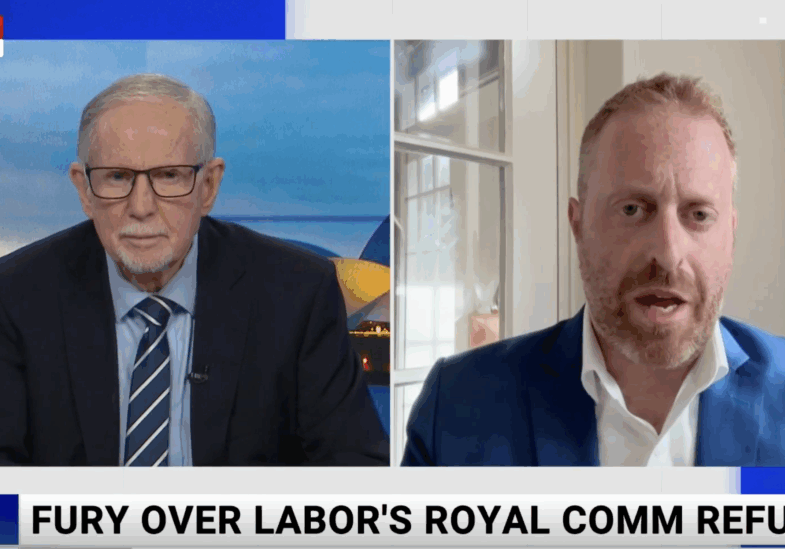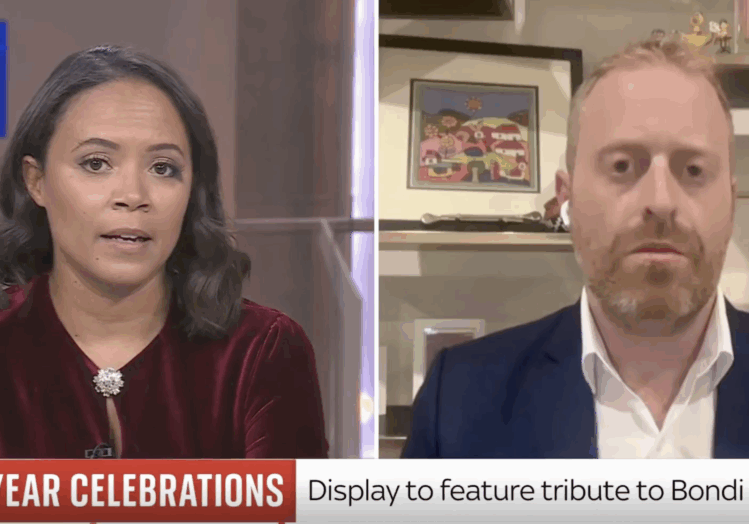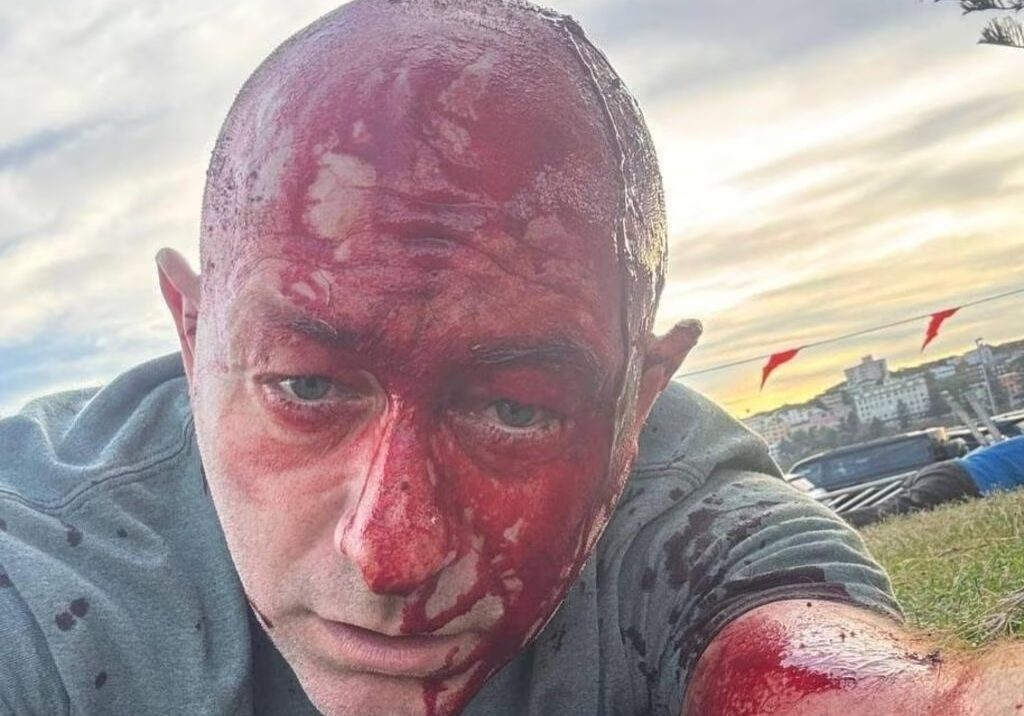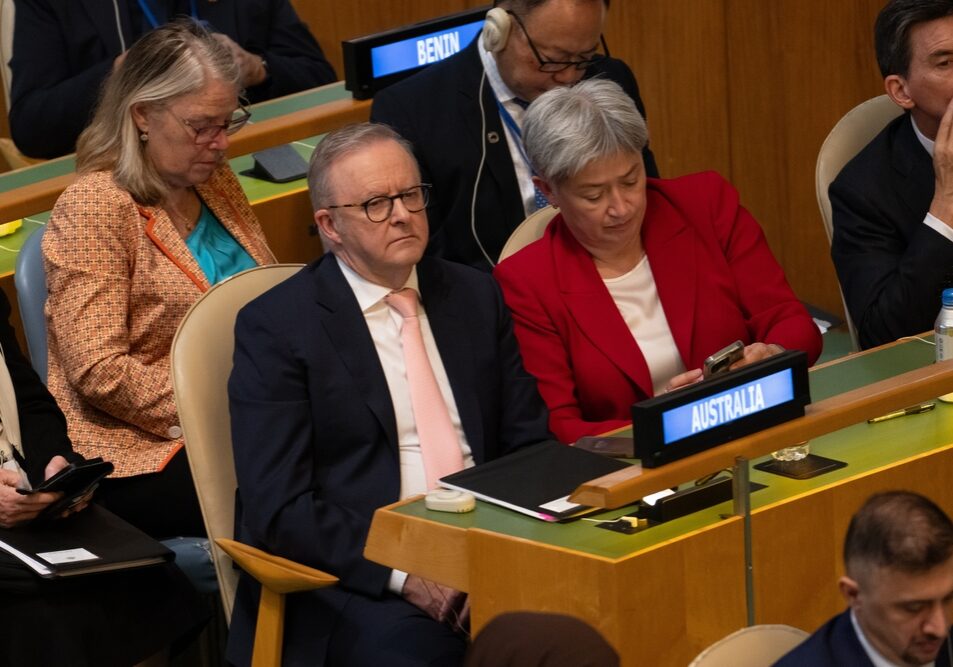Australia/Israel Review
The Last Word: A Long Black Cloud
Mar 27, 2019 | Jeremy Jones
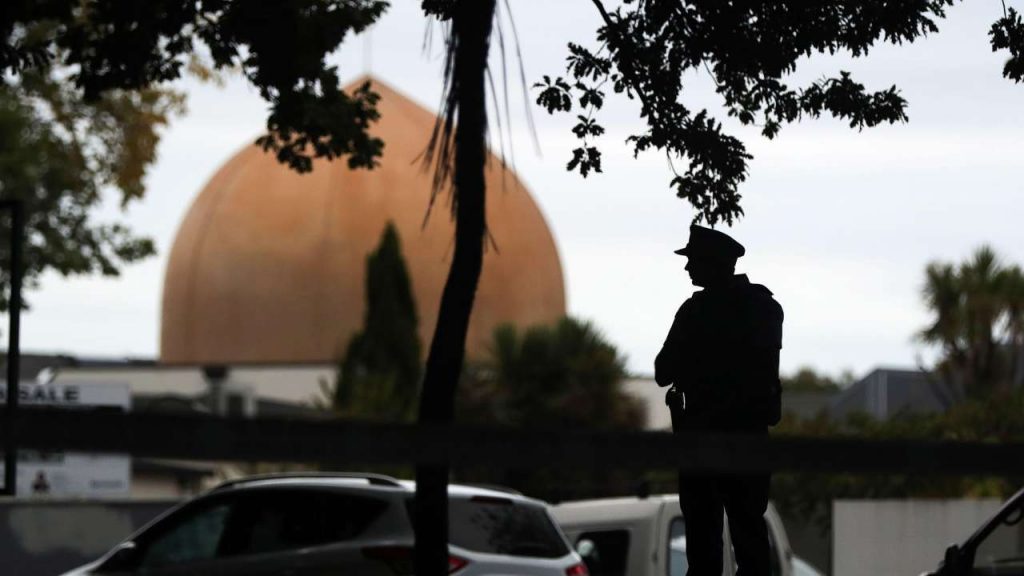
First came the news there was gunfire in a mosque in New Zealand. Then came reports of one dead, then another, then another, then another. Next, we learned of mass shootings at two mosques, with first-hand reports of dead, dying and wounded.
As the afternoon wore on, the extent of the horrific crime became more and more clear – dozens of innocent human beings not simply murdered, but murdered in a place of prayer, reflection and sanctity.
Before they would have had time to give any consideration to the horror experienced by the victims, their families and their community of loved ones, a stampede of commentators rushed to present semi-informed analyses, half-baked theories and pre-determined political judgements.
In much of the media discussion over the next few days, the fact of men, women and children whose lives had been extinguished seemed to barely figure, except as pretexts for drawing conclusions to match one’s predispositions.
There were, however, some very moving, powerful, generally first-person reflections about the subjects of hate, prejudice and security.
There was also appropriate reporting of the statements by political leaders which aimed at asserting positive values in the face of an attack on basic humanity.
Sadly, at least one media outlet used a religious bigot to write about other bigots in a way that only empowered the sort of sentiment that same outlet rails against.
A bigger concern was to see not just the name, but the face of the terrorist splashed across print and broadcast media.
This is a person who is unworthy of anything which might reward his ego. New Zealand PM Jacinda Ardern acted appropriately when she addressed her country’s Parliament without mentioning his name.
I feel some sympathy for the individuals who received and shared what I am told was some very gruesome and repulsive video footage taken by the murderer, if they acted out of a sense of disbelief or were in a state of severe shock.
Some media, on the other hand, were attracted by the sensationalist aspect of this material rather than considering the ethics and decency of what they were doing.
Before it was removed from social media, I had the opportunity to download the murderer’s manifesto and am aware of the accuracy of a number of summaries and analyses.
If it had a coherent and underlying theme, it was that the lifestyle enjoyed by one group was somehow being replaced by those who the author regarded as enemies – giving the writer a rationale for trying to ignite a war against those he identified as either responsible for or beneficiaries of, this change.
Having written about the dangers of Australia’s far right-wing fringe groups for the past 35 years, I saw nothing particularly new or interesting in this formulation. To the contrary, it was far less sophisticated than the far right wing propaganda put out by groups such as the Australian League of Rights over eight decades, and represented less conspiratorial craziness than the myriad of racist extremists who populated a number of parts of regional Australia in the latter part of the last century.
In fact, of the dozens of extremists I have been unfortunate enough to encounter over the years, this individual stood out only for placing a higher value on killing innocent people than achieving any form of societal change.
A number of journalists with whom I spoke in the days following the horrendous crime raised the similarity with the murders of worshippers in synagogues in Pittsburgh last October, as did a number of my Muslim friends.
I was also reminded that Jewish worshippers in Australia, and not just Australia, have become accustomed to having visible security at synagogues and other gathering places.
The coward who shot and killed innocent, defenceless people at prayer will not succeed in inciting a race/religious war. Yet sadly, he contributed to a world in which far too many will feel less secure, even in religious sanctuaries.
Tags: Far Right, New Zealand, Terrorism


